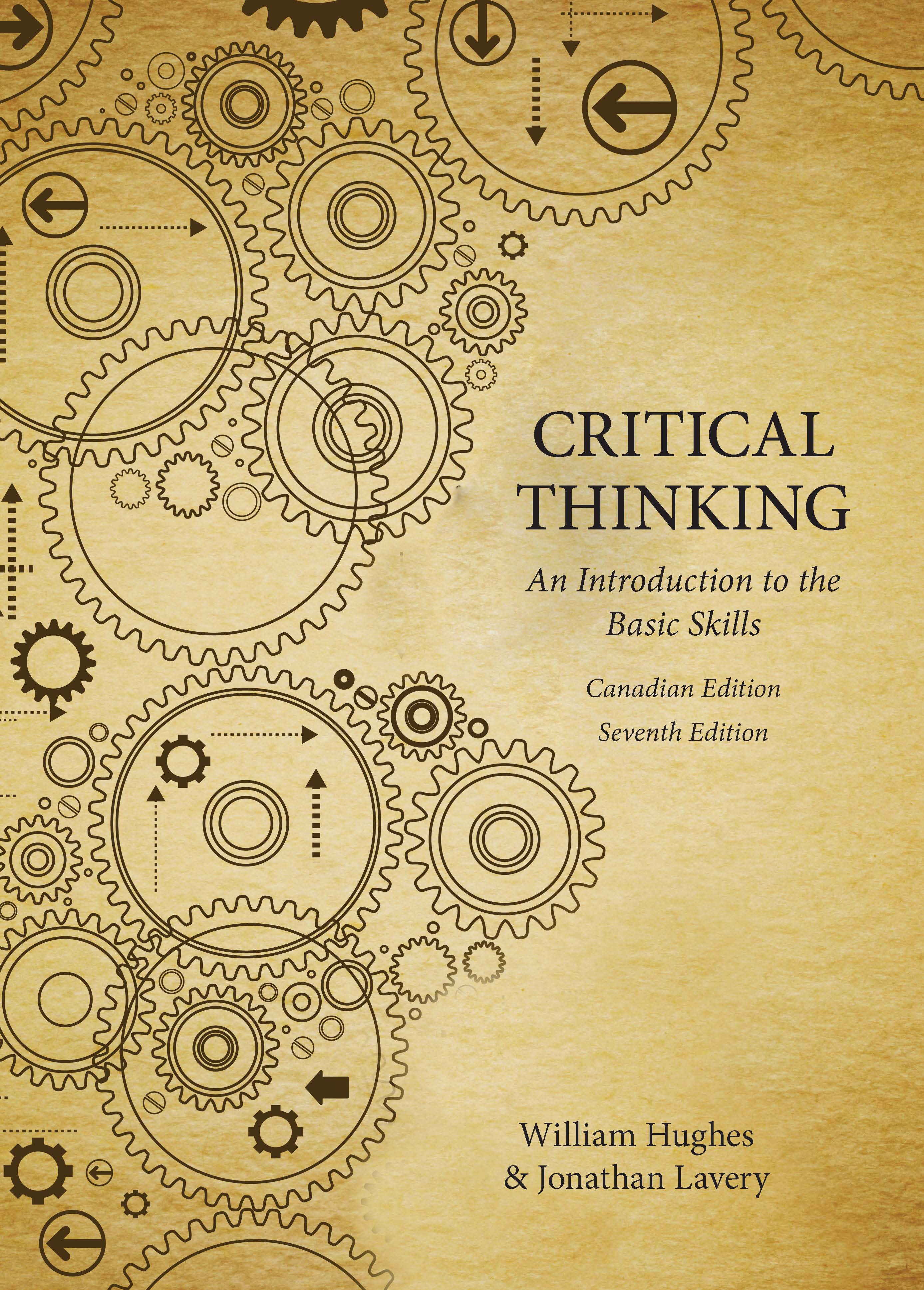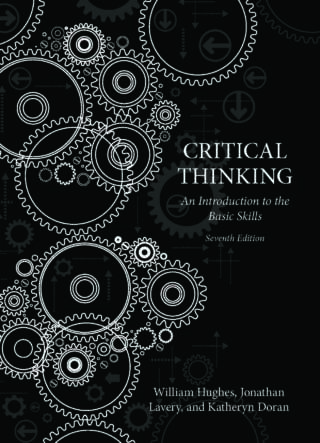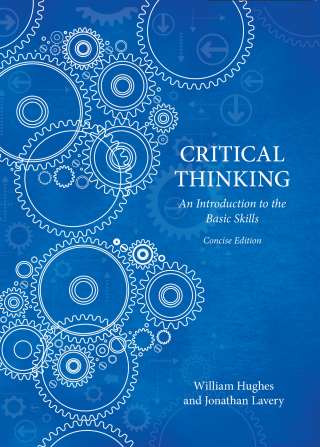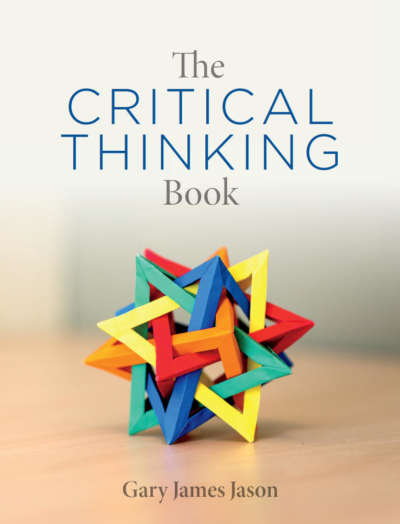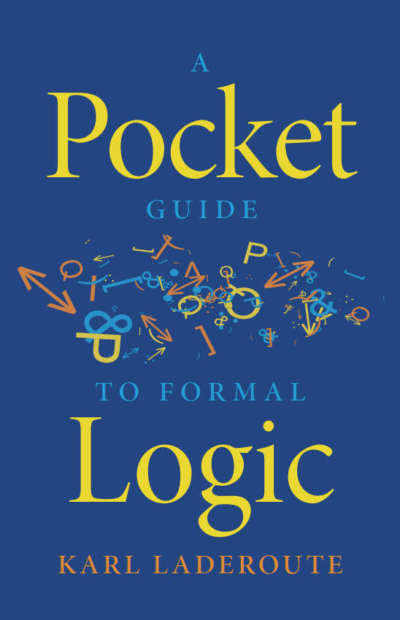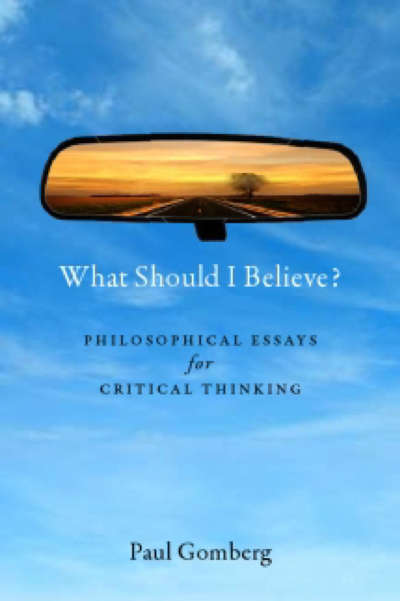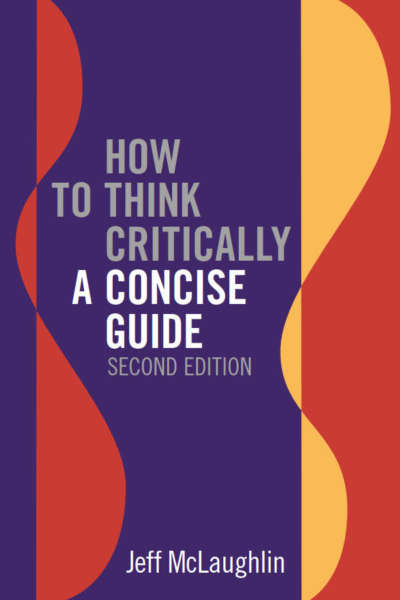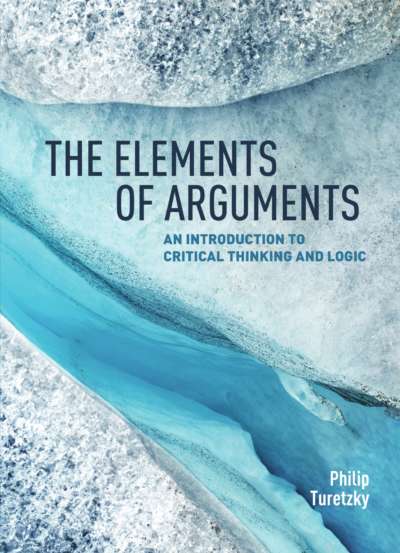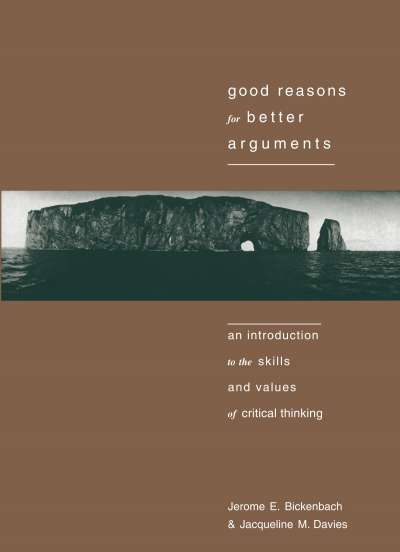This edition is intended primarily for Canadian readers. For the American edition, click here. A concise edition of Critical Thinking is also available here.
Critical Thinking is a comprehensive and accessible introduction to the essential skills of good reasoning, written by Canadian authors for Canadian readers. The book includes a thorough treatment of such central topics as deductive and inductive reasoning, logical fallacies, how to recognize and avoid ambiguity, and how to distinguish what is relevant from what is not. Later chapters discuss the application of critical thinking skills to particular topics and tasks, including scientific reasoning, moral reasoning, legal reasoning, media analysis, and essay writing. The book also provides access to a companion website containing additional questions, flashcards, and other useful critical thinking resources.
Comments
“Here is a textbook of lasting value. It is accessible without being over-simplistic. It is unsurpassed in clarity and depth. And its examples, exercises, and questions for discussion offer the student unique and exciting materials for reflection and engagement.” — Ahmad Rahmanian, University of New Brunswick
“I have been using Hughes (now Hughes & Lavery) since the first edition. I have occasionally tried other texts but have yet to find one I like as much. It has all the essential materials, it’s impeccably organized, and it’s clear and accessible to our students.” — Wayne I. Henry, University of the Fraser Valley
Comments on previous editions:
“ … I highly recommend [Critical Thinking] to anyone interested in improving their ability to distinguish the reasonable from the unreasonable in the realm of belief.” — David Matheson, Carleton University
“I cannot think of a better introduction to critical thinking that does not compromise philosophical rigor. … Not only does the book offer an excellent introduction to standard elements of critical thinking, it also addresses issues surrounding the media, assessing and organizing argumentative essays, and philosophical puzzles and paradoxes.” — Mahesh Ananth, Indiana University, South Bend
“How to teach critical thinking effectively to first year students? One essential ingredient is a good textbook. But what makes for a good textbook? It should be clear and engagingly written. It should contain straightforward exercises with answers included in the text to encourage students to test themselves. It should also indicate the broader philosophical implications of the concepts. Instructors will find that Hughes and Lavery’s Critical Thinking: An Introduction to the Basic Skills meets all of these criteria.” — Laura Byrne, University of Ottawa

